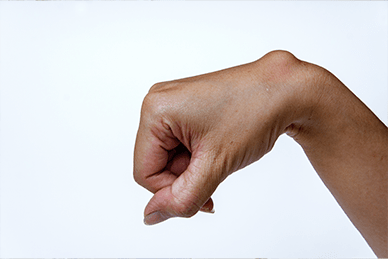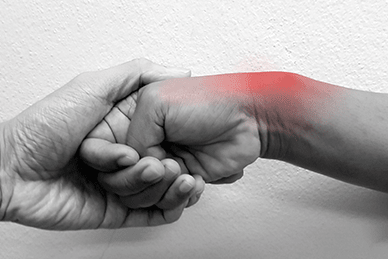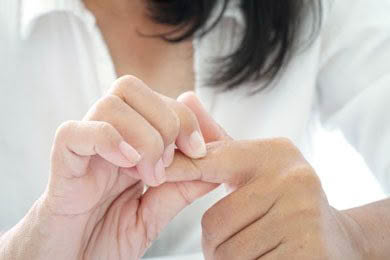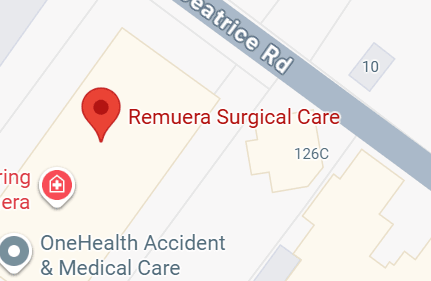What it is: A minimally invasive procedure where a fine needle is used to divide the tight cord of tissue in the palm.
When it’s used: Best suited for early or moderate contractures where cords are clearly felt under the skin.
Benefits: Quick procedure, often done under local anaesthetic with faster recovery and less scarring.
Limitations: Higher risk of recurrence compared to open surgery, and not suitable for all finger patterns.









